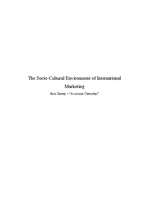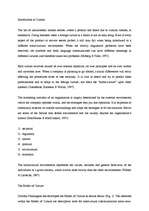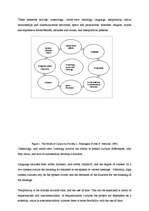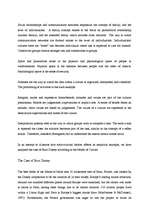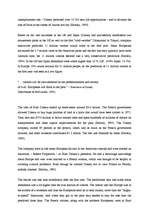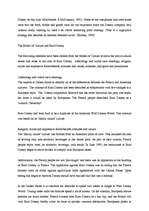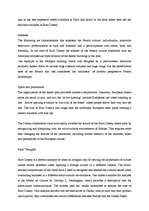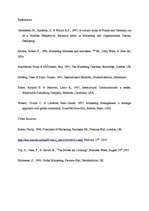-
The Socio-Cultural Environment of International Marketing
The list of unsuccessful market entries, where a product has failed due to cultural clashes, is exstensive. Doing business when a foreign culture is a factor is not an easy thing. Even if every aspect of the product or service seems perfect it still may fail when being introduced to a different socio-cultural environment. When the strictly linguistical problems have been removed, the symbols and body language communicated can have different meanings in different cultures, and therefore cause new problems (Moberg & Palm, 1995).
Each culture revolves around its own internal dynamics, its own principles and its own written and unwritten laws. When a company is planning to go abroad, cultural differences will occur affecting the procedures more or less seriously. It is vital to detect and try to predict these predicaments and to adapt to the foreign culture, not force the “home-culture” upon other systems (Gustafsson, Karlsson & Wallin, 1997).
The marketing outcome of an organisation is largely determined by the external environment which the company operates within, and the strategies they put into operation. It is important to continually monitor its outside surroundings and adapt the strategies to fit the situation. Below are some of the factors that define environment and are usually beyond the organisation’s control (MacNamee & MacDonnell, 1995):
1)technical
2)regulatory
3)natural
4)political
5)sociocultural
6)economic.
Dorothy Pennington has developed the Model of Culture as shown below (Fig. 1). The elements within the Model of Culture are descriptive tools for intercultural communication know-how. These elements include: cosmology, world-view ontology; language; temporality; social relationships and communication networks; space and proximities; schemes; religion, myths and expressive forms/beliefs; attitudes and values; and interpolation patterns.…
The Socio-Cultural Environment of International Marketing.

